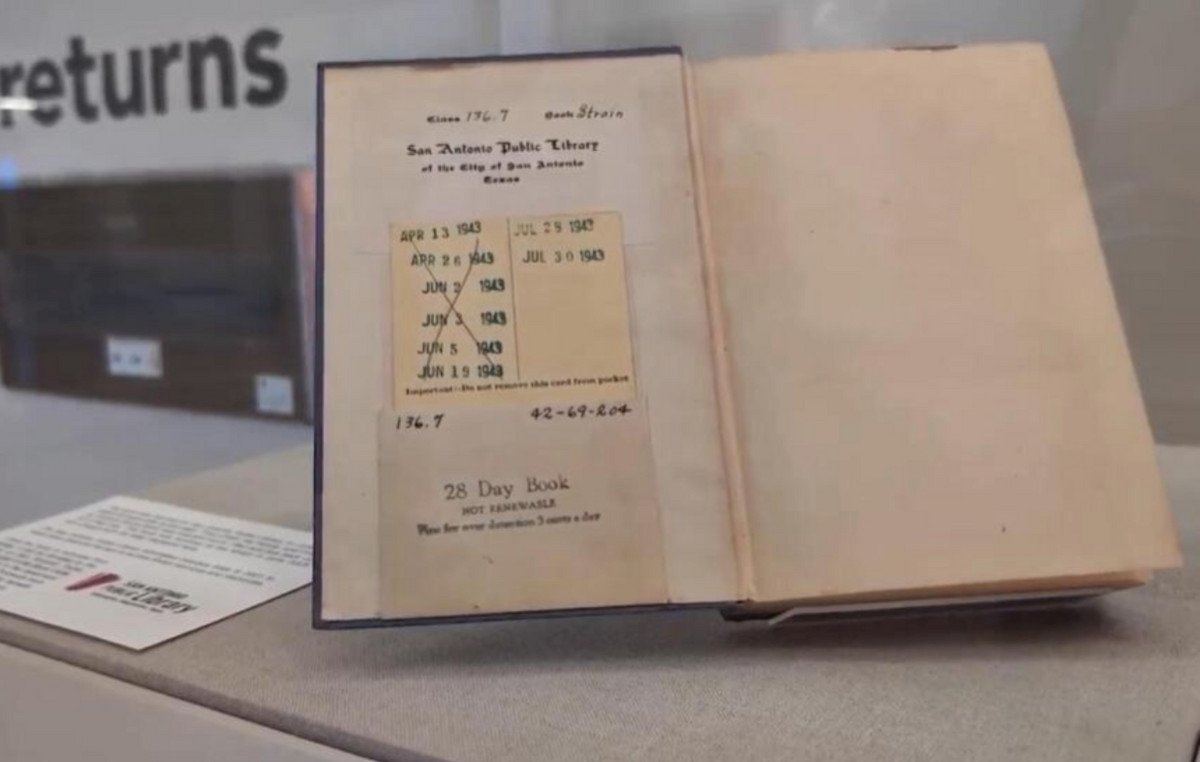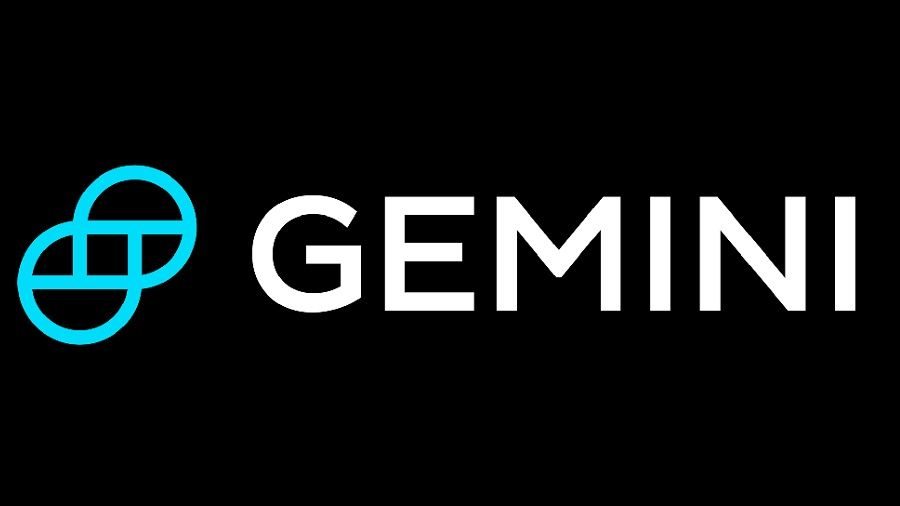A survey shows that the consumption of cookies and soft drinks grew in Brazil in the first half of this year compared to the same period in 2021. The data are from Horus, a market intelligence company, based on an analysis of 40 million invoices issued by establishments in the country.
The incidence – the ratio of invoices to the item – of cookies rose in all income brackets. Between January and June of this year, in classes A and B, cookies were present in 20.4% of carts, against 16.9% in the first half of 2021. In class C, the incidence jumped from 19.2% to 22 .4% in one year. The increase was even greater in classes D and E – from 22.7% to 26.4%.
The average number of items purchased and the average ticket (spending on the product) also grew in the three groups, especially among the C and D classes, with increases of 10% and 27.2% in these categories, respectively.
THE CNN Brazil , Luiza Zacharias, director of Horus, believes that the country’s economic situation is one of the reasons for the result. “In a scenario of high prices in several categories and budgetary restrictions for the consumer, the cookie presents itself as an item associated with indulgence, as a way to compensate for the difficulties of the current scenario”, she pointed out.
As well as cookies, soft drinks had an increase in consumption in all income brackets. In the case of incidence, the most expressive growth was observed in class A, which went from 15.7% in the first half of last year to 18.2% in the same period this year (+2.6 pp). In relation to the average number of items and the average ticket, classes C and D stood out, with an increase of 22.3% and 32.5%, respectively.
For Luiza, the result of industrialized products was also obtained due to the return to the routine of Brazilians after the period of social isolation and the increase in the prices of in natura food.
“In the first half of this year, the price increase affected many vegetables: vegetables, especially potatoes, carrots and tomatoes, fruits and vegetables, basic items that were normally present on the Brazilian table. As a result, there was a reduction in the consumption of these in natura products, which can be attributed to two factors: the first is inflation. The second factor is the return to normality, post-pandemic, reducing meals at home”, he highlighted.
The Horus survey also evaluated the consumption movement of the main pair on the plate of Brazilians: rice and beans. Rice had a higher incidence in the first half of 2022 in all social classes when compared to the first half of 2021. On the other hand, the average ticket dropped in the same period. The average of items showed a drop of -3.5% in classes D and E.
According to Luiza Zacharias, the survey shows the increase in demand for products with larger packaging. “For example, instead of taking several 1kg packages, he prefers to buy a 5kg package, where the unit price per kilo is lower. Thus, it saves and supplies itself, protecting itself against possible price increases”, reported the director of Horus.
Beans also showed a high incidence in the first half of 2022 in all classes. However, in the average price (average value of the product), there was a drop in the three social groups analyzed. The highest was in class C, with -14.7% in the comparison of the first half of 2022 with 2021.
*under supervision of Pauline Almeida
Source: CNN Brasil
I am Sophia william, author of World Stock Market. I have a degree in journalism from the University of Missouri and I have worked as a reporter for several news websites. I have a passion for writing and informing people about the latest news and events happening in the world. I strive to be accurate and unbiased in my reporting, and I hope to provide readers with valuable information that they can use to make informed decisions.







